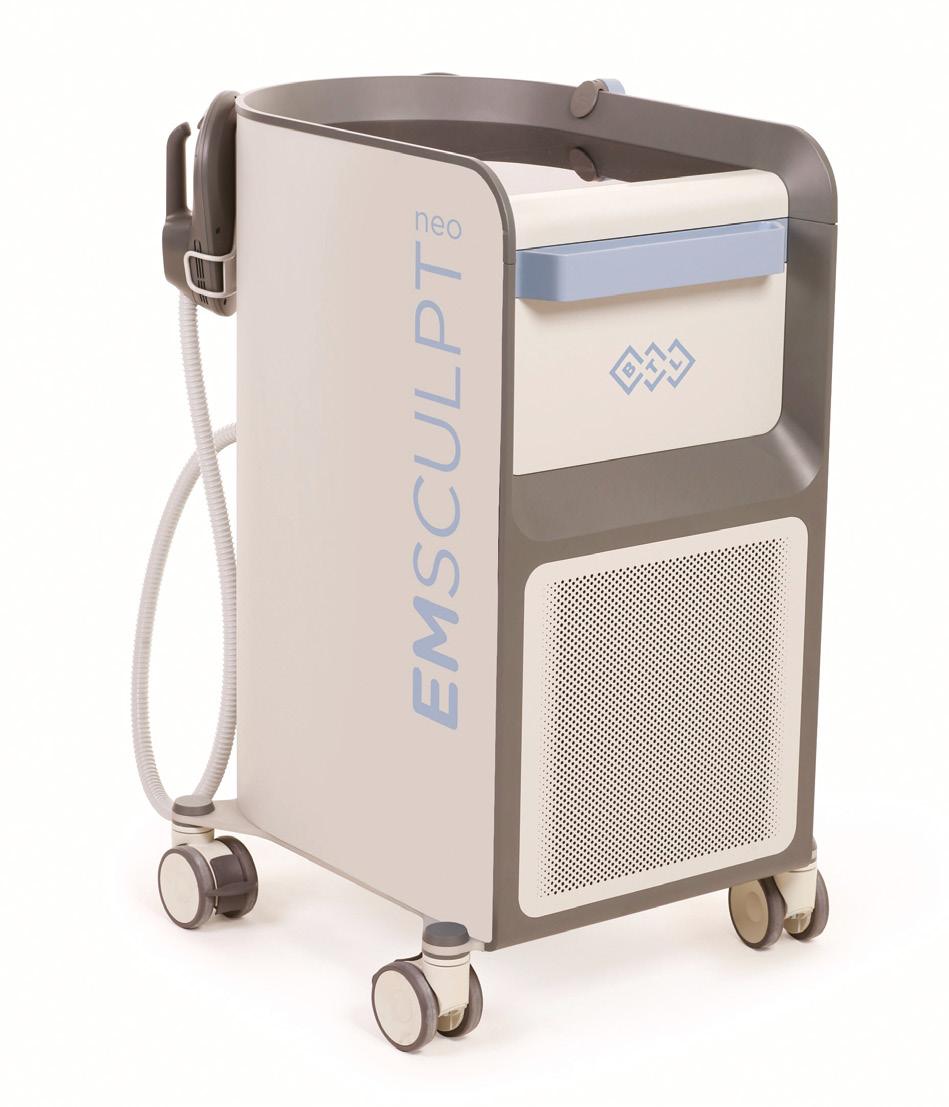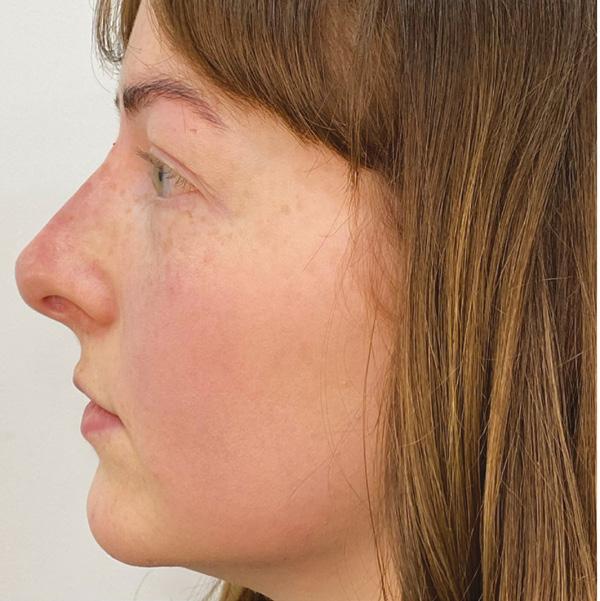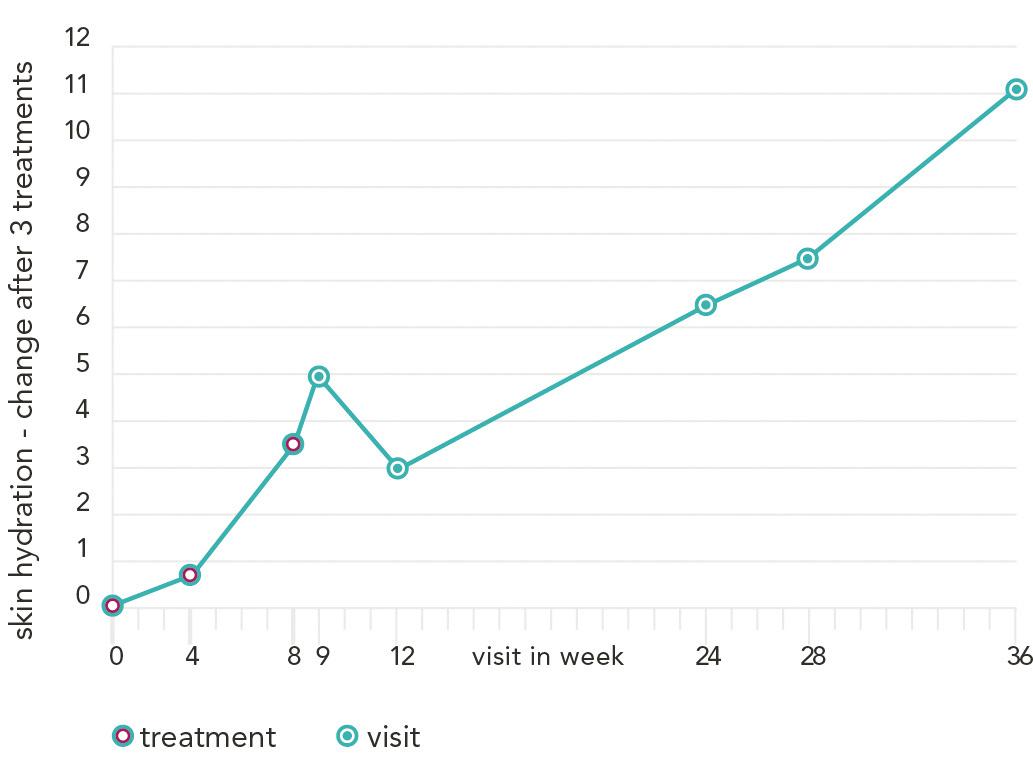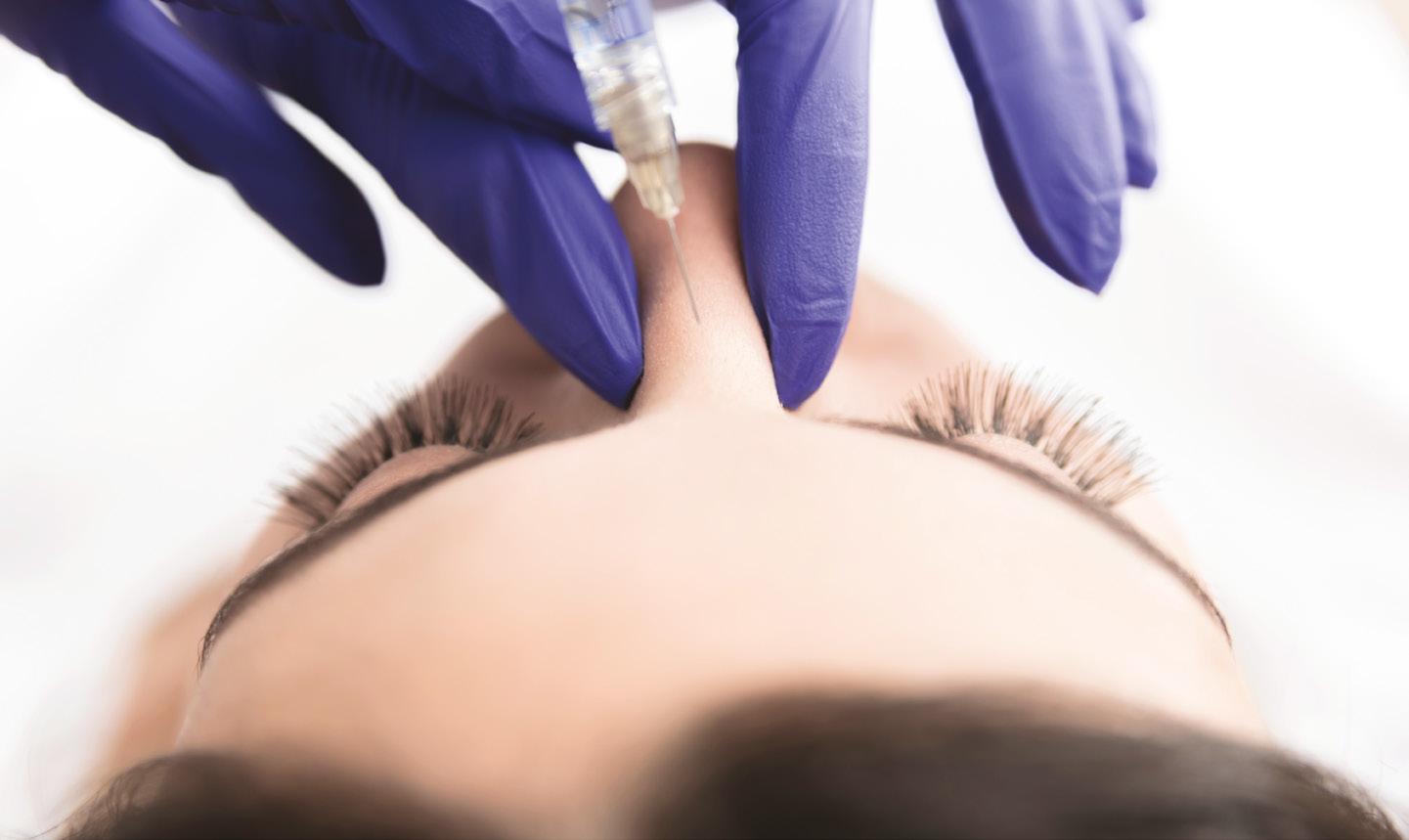@aestheticsgroup
@aestheticsjournaluk
Aesthetics
aestheticsjournal.com
Preventing Complications in the Nasal Area Journalist Allie Anderson speaks to aesthetic trainers Miss Priyanka Chadha, Mr Dalvi Humzah and Mr Ash Labib to explore how to safely administer dermal filler to the nose and avoid complications Most of us have spent more time than ever at home in the last 16 months, due to the COVID-19 pandemic. Working remotely has seen millions relying on video conferencing platforms to communicate with colleagues, forcing many to scrutinise the way they look on screen. In the article, ‘A Pandemic of Dysmorphia: Zooming into the Perception of our Appearance’, the authors outline that Zoom displays an unedited version of oneself in motion; a self-depiction very few people are used to seeing on a daily basis. This may have drastic effects on body dissatisfaction and influence a desire to seek cosmetic procedures.”1 The article, published in last November’s Facial Plastic Surgery and Aesthetic Medicine, highlighted that the nose is a feature of one’s appearance that holds up particularly poorly to harsh self-analysis. In fact, an image taken 12 inches away from the face increases a person’s perception of their nose size by 30%, compared with one from five feet.2 Similarly, the shorter focal length of a webcam tends to broaden the nose, as well as making the face appear rounder and the eyes wider set.3 At the same time, the link between social media and body dissatisfaction is increasingly evident – and again, the nose is the focus. On TikTok, for example, the hashtag #nonsurgicalnosejob has attracted around 16.4 million views.4 This is reflected in the demand for non-surgical rhinoplasty, which, according to one clinic, rose by 29%
between 2019 and 20205 – in contrast to the surgical equivalent, which steadily declined in popularity during the decade leading to 2020.6 Dubbed the ‘liquid nose job’, it is easy to see why dermal fillers in the nasal region are so widely sought after. They offer a quicker and comparatively more affordable alternative to surgical rhinoplasty, and require less downtime. However, they are certainly not without risk – some of which can be catastrophic – so aesthetic practitioners must be skilled masters in the practice of non-surgical rhinoplasty to prevent complications from occurring.
Complications from fillers in the nasal area According to Mr Ash Labib, ENT surgeon and founder of AL Medical Academy, minor problems are not especially uncommon. “The complications which arise from nose fillers vary from tiny areas of bruising, slight swelling and erythema to, rarely, something more serious occurring like a vascular occlusion, leading to necrosis,” he states. Swelling and erythema, reported in up to half of patients undergoing a non-surgical rhinoplasty,7 tend to be mild and self-limiting. Vascular complications are rare,7,8 but a recent case highlighted the potential severity of necrosis if an occlusion is not identified and addressed quickly.9 However, proximity of the treatment area to the eyes means nose fillers carry a small risk of eye-related
complications, including ophthalmoplegia, ptosis and even vision loss,10 as all of the practitioners interviewed attested. “The vascular anastomotic network around the nasal region and, indeed, the glabella region, is incredibly complex and intricate,” explains plastic surgery registrar Miss Priyanka Chadha, founder of Acquisition Aesthetics. “There are a variety of vessels which, if injected directly or through retrograde embolisation, can lead to an occlusion that can, in turn, lead to skin necrosis or even blindness,” she says. The 2015 paper Avoiding and Treating Blindness from Fillers: A Review of the World Literature, identified 98 reported cases of vision changes, of which 25.5% were from treatments in the nasal region – the second highest-risk area behind the glabella (38.8%).11 While almost half (47.9%) of complications were caused by autologous fat; almost a quarter (23.5%) were caused by hyaluronic acid fillers. Pain and immediate vision loss were the most common symptoms, and the authors reported that most cases of vision loss did not recover. In a 2019 update to their review,10 the authors reported that 48 new cases of vision complications caused by fillers had occurred between January 2015 and September 2018. The nasal region was the highest-risk site, accounting for more than half (56.3%) of cases, with treatment to the glabella region causing 27.1% of complications. Hyaluronic acid fillers were responsible for the overwhelming majority (81.3%) of problems, with 10 cases recovering vision completely and eight reporting partial recovery of vision.
Product selection Selecting the appropriate products for the procedure and, in particular, the exact area in which the nose is being augmented is an important factor in mitigating the risk of complications, the three practitioners say. Generally, hyaluronic acid is preferred for high-risk areas like the nose, because in cases of misinjection, vascular occlusions or other complications, hyaluronidase can be administered to rapidly break down the hyaluronic acid.8,12 Consultant plastic, reconstructive and aesthetic surgeon, Mr Dalvi Humzah, founder of Dalvi Humzah Aesthetic Training, says the product he chooses varies depending on which of the three main nasal regions he is treating. He comments, “The upper part of the nose is made up of nasal bone, so you need a product that can replicate that firmness and doesn’t
Reproduced from Aesthetics | Volume 8/Issue 8 - July 2021





















